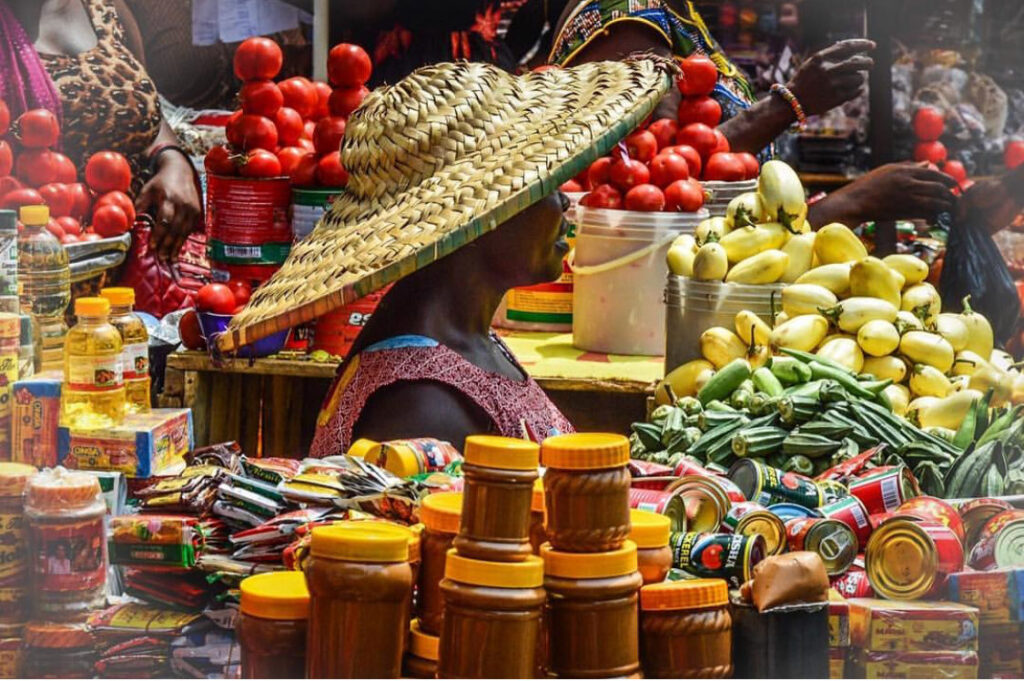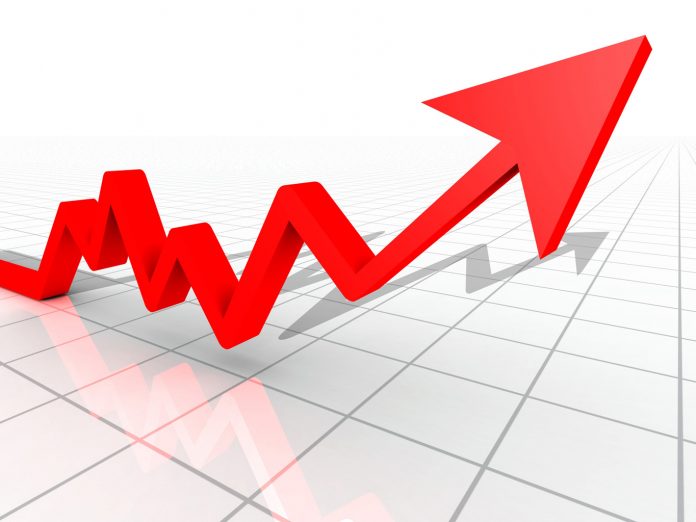…government’s 8% year- end target already unattainable
Last week the latest inflation data from the Ghana Statistical Service Consumer pointed to a new emergent problem: price inflation has exceeded the 10 percent target band ceiling set by the Bank of Ghana as in September 2021 it recorded the highest inflation rate of 10.6% since the economy started picking up from the effects of the Covid-19 pandemic.
This may have severe implications for macroeconomic management as the central bank – which is an inflation targeting institution weighs its policy options, specifically the tradeoff between inflation and economic growth. While the latter is below target – for the second quarter it was 3.9 percent, which is below the full year target of 5.1 percent – it still exceeds the projected target average of 3.3 percent for sub Saharan Africa as a whole. Even more instructively the growth performance has been rising through 2021; it was 3.1 percent for the first quarter of the year – indicating that even though below target it is showing a promising trend, but this could be stalled by the threat of renewed macroeconomic instability. Instructively the recent unprecedented stability of the cedi’s exchange rate against the US dollar has come under threat over the past two months as well, with the fiat national currency depreciating by 1.8 percent over the past three months after holding its own against the American greenback during the first six months of this year.
But even as Ghana’s macroeconomic managers have been taking steps to ensure the cedi does not fall further this year – just as consumer inflation’s psychological ceiling in the minds of the general public is 10 percent, that for the cedi – dollar exchange rate is US$1: GHc6.0 – inflation has broken through its ceiling generating alarm among households and business enterprises alike.
The surge in inflation is worrying for Bank of Ghana chieftains too who had maintained, even during last year’s COVID 19 instigated rise in inflation, that inflation would not rose above the 10 percent upper end of its target band.
According to the Ghana Statistical Service, the increase in the price of Housing, Water, Electricity, Gas and other Fuels (18.7 percent) triggered the hike in inflation.
Month-on-Month inflation between August and September 2021 was 0.6 percent which was 0.3 percentage points higher than what was recorded in August 2021.
Food inflation at 11.5 percent in September 2021 was higher than the previous month’s 10.9 percent and just above the average of the previous 12 months which was10.4 percent. However, food inflation’s contribution to total inflation dropped from 50.2 percent in August to 48.6 percent in September 2021.
Overall month-on-month food inflation was 0.0 percent; on a (weighted) average basis, food prices simply did not change with any degree of significance. But vegetables, coffee and coffee substitutes, and cereal products were the only subclass that recorded negative month-on-month inflation.

For non-food, year-on-year inflation on average went up in September compared to August, rising up to 9.9 percent from 8.7 percent previously.
Out of the 13 divisions in the GSS’s basket of goods and services it uses to compute non-food inflation, six had higher year-on-year inflation than the rolling average over the last 12 months. Transport at 13.6 percent was the division that recorded the biggest difference in September’s month’s inflation compared to the 12- month rolling average.
Housing, Water, Electricity and Gas recorded inflation of 18.7 percent in September compared to the rolling average of 20.0 percent.
The inflation rate for imported goods was 8.1 percent which is the same as that recorded for the previous month while inflation for locally produced items was 11.5 percent, up from the 10.3 percent recorded last month, this primarily the result of the cedi finally depreciating between July and September, after appreciating marginally during the first half of the year.
The Volta region recorded the highest month-on-month inflation for September 2021 of 3.6 percent
However, Upper West region recorded the highest year on year inflation rate of 16.8 percent, followed by Northern region with 15.2 percent.
Greater Accra region registered a year on year inflation rate of 12.9 percent whereas the Ashanti recorded a rate of 11.7 percent, the two largest urban centres in the country experiencing price increases above the national average but well below the rates for the regions that have suffered the highest consumer inflation over the past one year period.
Transport either recorded marginally positive month-on-month inflation or remained unchanged across all the regions, suggesting that the recent commercial transport fare increases negotiated between government and the transporters unions, at 13 percent, seems to have played itself out.
This is part of the reason that Ghana’s central bankers remain confident that the ongoing surge in consumer price inflation is temporary and it will fall back to within its target band shortly. However a bigger reason for that confidence derives from the ongoing food harvest which is expected to significantly slow down food inflation.
But even when that happens, achieving an inflation rate within the BoG’s target band is not guaranteed. Some consumer behaviourist economists are worried that after enforced muted end of year festivities in 2021 because of COVID 19 and the weak economic performance it imposed through last year, consumers may decide to make up for it this year. Worryingly, if they choose to do this they will be well armed with the residue of the fiscal and monetary stimulus provided bt government and the central bank respectively since March last year.
At least the BoG still retains some degree of hope that inflation will not be above its target band by the turn of this year. Government itself, through the Ministry of Finance targeted end of year inflation at 8.0 percent. That now looks unlikely, even to the most optimistic economic forecasters.











